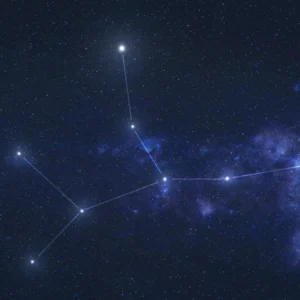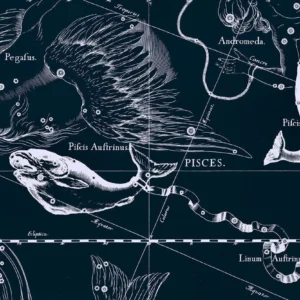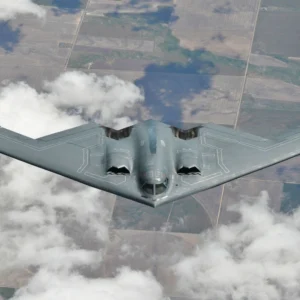The Milky Way Galaxy is our stellar home in the vast cosmos. It comprises billions of stars, planets, nebulae, and dark matter, all held together by gravity. It is where the Solar System – and with it, planet Earth – resides.
This Galaxy is part of a larger Universe, but its uniqueness lies in its structure and its role in our existence. Thanks to astronomers’ research, we can better understand not only our Galaxy but also the entire cosmos.
Structure of the Galaxy: How Is the Milky Way Organized?
The Milky Way Galaxy has the shape of a spiral lens. Its disk consists of several main parts: the core, spiral arms, halo, and stellar disk.
Structure of the Galaxy:
- Core: The Galaxy’s center, home to a supermassive black hole.
- Spiral Arms: Regions of concentrated stars, dust, and gas.
- Halo: A large spherical area surrounding the disk, containing old stars and dark matter.
The Milky Way has a diameter of approximately 100-120 thousand light-years and a thickness of about 12 thousand light-years. This structure allows the Galaxy to remain stable and maintain dynamic balance.
The Solar System in the Galaxy: Our Place in the Universe
The Solar System is located in a spiral arm of the Galaxy known as the Orion Arm. We are approximately 26,000 light-years from the galactic center.
This location is optimal for life, as it lacks excessive radiation flows that could disrupt planetary systems’ stability. The Sun, a typical yellow dwarf star, is one of billions of stars in our Galaxy.
Thanks to this positioning, we can explore the Universe while enjoying relatively calm conditions for existence and development.
How Do We Observe the Galaxy?
From Earth, the Milky Way appears as a wide band of light in the night sky. This is the result of a dense concentration of stars that we see only in part.
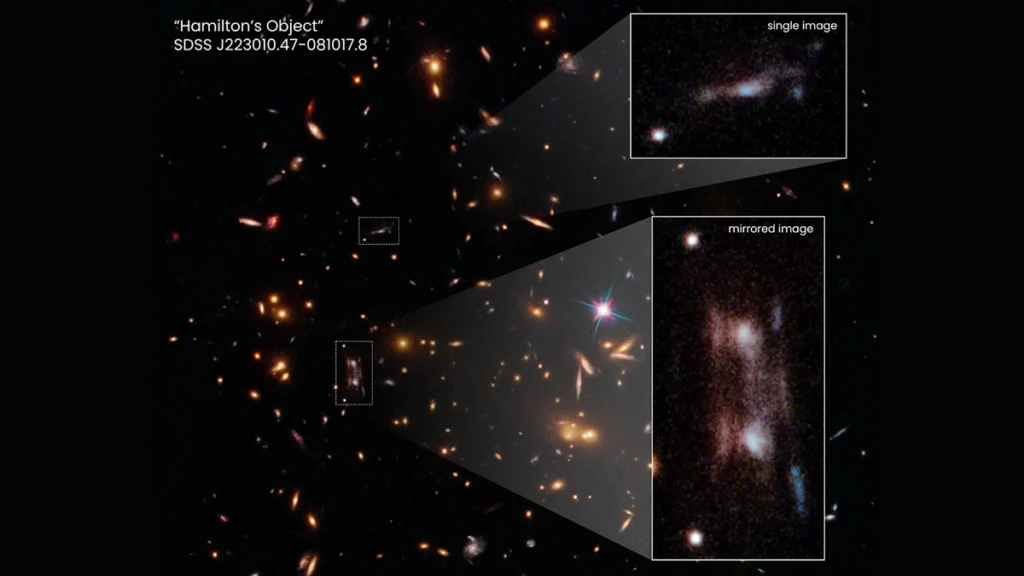
Astronomers use various tools to better understand the Milky Way’s structure:
- Ground-Based Telescopes: Optical telescopes, like the Gran Telescopio Canarias, examine stars, nebulae, and planetary systems.
- Space Telescopes: Instruments like the Hubble Telescope observe objects that Earth’s atmosphere would obscure. The latest James Webb Space Telescope has expanded our capabilities by studying the Galaxy’s infrared radiation.
- Radio Astronomy: Radio telescopes, such as Arecibo, investigate cold gas clouds and dark matter invisible in light wavelengths.
Modern space missions like Gaia also collect detailed data on the stars’ movements and locations, creating 3D models of the Galaxy to uncover its complex structure.
For amateur astronomers, portable telescopes allow observation of nearby star clusters and bright nebulae within the Milky Way. Observing the Galaxy is not only fascinating but also opens doors to new discoveries.
The Galaxy in Motion: How Does It Interact With Others?
The Milky Way Galaxy is not a static structure but a dynamic system constantly moving and interacting with other galaxies. It rotates around its center at a speed of approximately 220 km/s, with the Solar System completing a full orbit every 220 million years.
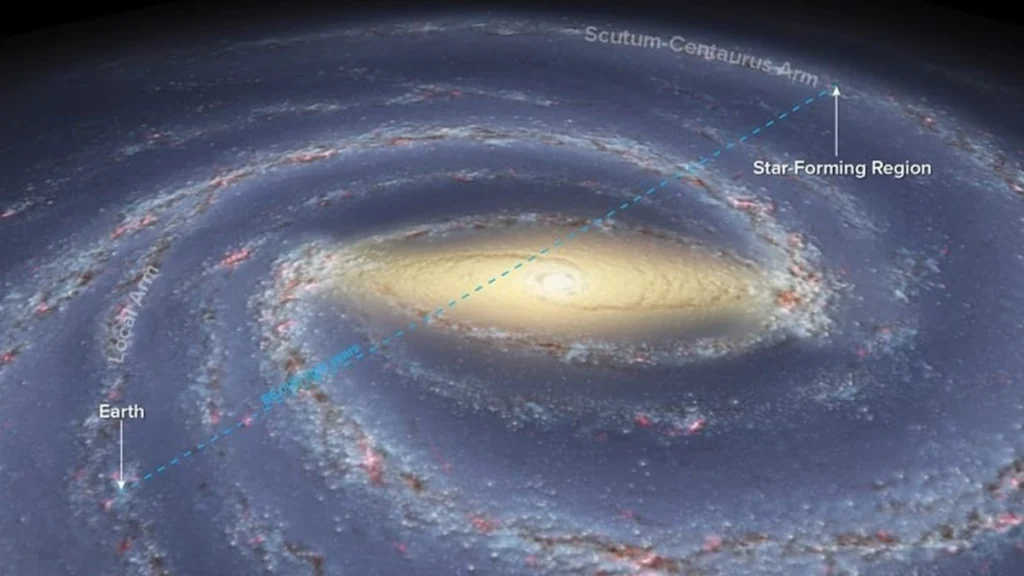
Interaction with the Andromeda Galaxy
The Milky Way does not exist in isolation: it interacts with other galaxies. Its closest major “partner” is the Andromeda galaxy, with which the Milky Way will collide in about 4 billion years. This merger will create a new, larger galaxy, likely with an elliptical shape. The collision does not mean disaster: stars are spaced vast distances apart, so most will remain unharmed, but the shape and structure of both galaxies will change.
Interaction with the Magellanic Clouds
In addition to Andromeda, the Milky Way is constantly “interacting” with the Large and Small Magellanic Clouds – two dwarf galaxies that are companions to ours. The gravitational influence of these objects triggers the formation of new stars in our galaxy, particularly in its spiral arms. This process is crucial for maintaining active star formation in the Milky Way.
The Milky Way in the Local Group of Galaxies
Our galaxy is part of the Local Group of galaxies, which contains about 50 galaxies, including Andromeda, Triangulum, and other smaller objects. This group is held together by gravitational forces, but each of it has its own motion. Gravitational interactions between the galaxies in the Local Group influence their evolution, driving changes in shape, star formation, and even mergers.
The Galaxy’s Motion in the Universe
In addition to its rotation and local interactions, the Milky Way is also moving through the universe at an average speed of about 2 million km/h towards the Great Attractor – a gravitational anomaly that attracts numerous galaxies. This motion demonstrates the complexity and dynamism of interactions in space.
7 Amazing Facts About the Milky Way Galaxy
- The Milky Way is a cannibal among galaxies. The Milky Way has a history of absorbing smaller galaxies. About 8-11 billion years ago, our galaxy collided with a smaller galaxy, Gaia Enceladus, resulting in a merger and an increase in its mass.
- The supermassive black hole at the center of the galaxy. At the center of the Milky Way lies a supermassive black hole called Sagittarius A*. It is about 4.3 million times more massive than the Sun and consumes everything that gets too close.
- Invisible dark matter. Most of the mass of the Milky Way consists of dark matter. This invisible substance does not emit light, but its gravitational influence keeps stars and planets together, ensuring the structural integrity of the galaxy.
- The Milky Way is part of the local group of galaxies. Our galaxy is part of the Local Group of galaxies, which includes over 50 galaxies. The closest major neighbors are the Andromeda and Triangulum galaxies.
- The age of the Milky Way. The age of our galaxy is estimated to be about 13.6 billion years, making it one of the oldest structures in the universe, forming shortly after the Big Bang.
- Galaxies. The solar system orbits the center of the Milky Way at a speed of about 828,000 km/h. One complete orbit takes approximately 230 million years.
- Billions of stars and planets. The Milky Way contains between 100 and 400 billion stars. Each of these stars may have its own planetary systems, making our galaxy incredibly diverse and rich in potential forms of life.
Conclusion
The Milky Way is more than just our galaxy. It is home to everything we know and serves as the starting point for exploring other worlds. Studying it helps us not only to better understand our universe but also to answer questions about the origin of life. Every new discovery related to the Milky Way expands our knowledge and inspires new missions in space.
We are part of this vast starry world, and studying it is a step toward realizing our place in the universe. Your curiosity may become the first step toward great discoveries!
FAQs About the Milky Way Galaxy
A galaxy is a large system of stars, planets, nebulae, interstellar gas, dust, and dark matter bound together by gravitational forces. Our galaxy is called the Milky Way and is home to the Solar System.
The name “Milky Way” comes from the bright band across the night sky, which was imagined as the path of the “chumaks” – Ukrainian salt traders. In other cultures, it is called the “Milk Path” due to its similarity to spilled milk.
The Milky Way contains about 100 to 400 billion stars. This number depends on the method of estimation and the complexity of counting due to the vast scale of the galaxy.
Yes, the Milky Way is constantly moving. It rotates around its center at a speed of about 828,000 km/h and, along with other galaxies in the Local Group, moves towards the Great Attractor.
This remains unknown. Scientists are actively studying exoplanets within our galaxy to find potential signs of life. Research into other galaxies on this topic is limited due to the vast distances.


